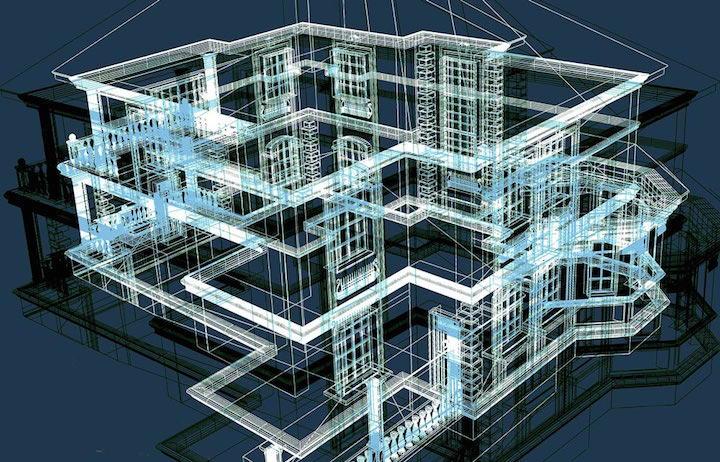Today, we would like to tackle a topic in our blog that many of our customers and prospects take great interest in, according to our experience: the use of IoT technologies in the FM arena.
Whatever magazine you are reading, whichever conference you are attending, or what else comes to your attention in endless adverts, there is talk about IoT, sensors, smart buildings and the like simply everywhere. And, as a matter fact, you are getting news about those unlimited possibilities what can or cannot be done with this data.
A big challenge, however, which is deliberately neglected in this context, is the fact that all those sensors, measuring devices and other data sources as well, produce an incredible amount of data that need to be processed and filtered before they can be reasonably used in any process.
Many technical devices deliver malfunction reports automatically, for further processing. However, these devices typically deliver these reports not only once, but constantly. In case you now choose the simple way to generate a malfunction report from each and every message, you will immediately get a tremendous amount of pointless messages in your ticketing system.
Our sister company WiriTec GmbH is a proven specialist for that IoT topic having gained during more than 10 years the indispensable expertise required for data capturing, data structuring and subsequent analysis. As a great benefit, specific sets of rules implemented in our C-platform initially check incoming raw messages, filter duplicates, and classify them according to priority or other categories. Thus, the important and useful information is extracted from the data jungle and transferred to the proper destination.
In speedikon C, in return, we have built up a lot of experience in dealing with further processing of this data in manifold processes. Thus, incoming and already processed messages are automatically assigned to the correct technical equipment, and then transferred to the responsible person in charge to initiate a respective subsequent process.
Only if there is a seamless connection between both components, i.e. filtering and processing of data on one hand, and further data elaboration in specific processes on the other, the use of sensors will provide a real added value.
